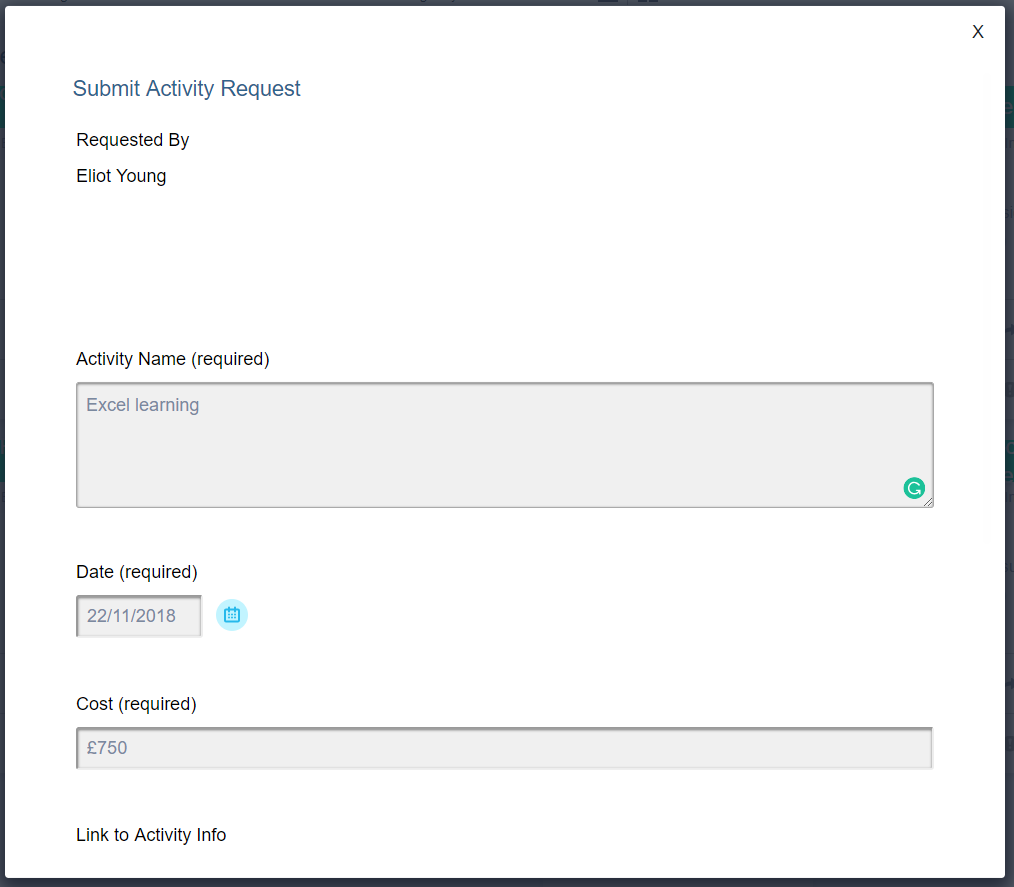It’s something we’re hearing daily: businesses and employees will have to adapt to a post-coronavirus “new normal”.
It seems clear that the life we return to, if and when restrictions are lifted, will not be the world we left when lockdown began in March. It’s possible the full extent of the changes prompted by this crisis won’t be clear until years after the fact. But as governments around the world start to plan a route back to something like normality, we can see some likely themes emerging as “the new normal” takes shape.
The Death of Open Plan?
In the short-term at least, offices will need to change. Until we have an effective vaccine for Covid-19 and the threat level has reduced to zero, going back to our close-knit collaborative offices doesn’t seem to be an option.
This may spell the end of open plan office layouts. Nobody knows how long social distancing measures will need to be in place and until we know, keeping employees at a physical distance from one another is a must. This could mean staggered working times, part-time working from home where possible, and physical re-designs of the office space to make more room.
Communal areas like kitchens may need to be closed and one-way systems brought in to avoid breaking social distancing rules. Even if only some of these measures are necessary, this will be enough to make it a very different office space than we were used to.
Working From Home?
Home working was long predicted to be the future of work but progress was fairly slow. The coronavirus crisis has accelerated adoption of this model, with millions of businesses adjusting to widespread home working – but will it last?
Businesses that have adapted well to the change might find they want to make it permanent, at least for part of the time. If their business can continue to be productive without a central office hub, they might find it cheaper to do without a permanent office altogether. Likewise, employees who never got the chance to work from home before might have found it suits them better, helping their work/life balance and improving their overall happiness levels.
Between the extremes of companies going straight back to their old working model and those allowing unlimited home working, there will be many organisations who settle somewhere between the two – perhaps allowing staff to work up to 3 days a week at home, for example, but asking them to return to the office for key (albeit socially distanced) meetings.
Whatever happens, it appears highly likely that home working will be far more widespread than before and the days of commuting to the office for 5 days a week may well be over.
Culture Changes?
Coronavirus has had an effect on everyone in society. Within a few weeks, it changed the way we worked, socialised, enjoyed time with our loved ones and our hobbies. It seems unlikely this won’t spill over into working culture long-term.
Even when coronavirus becomes less of a threat (if this is indeed how events play out), presenteeism may be more frowned upon. Every worker is likely to have seen people struggle into work while coughing and spluttering but with the new awareness of how we can easily infect each other, this might be more strongly discouraged.
Employees that have worked from home for several months and proved it can be done may expect more flexibility from their employers. Should home working become more normal as predicted, there will be an uptick in use of videoconferencing technology. Collaborating with team members based remotely will seem more casual – even with teams on different continents!
Coronavirus has changed our working lives on many levels. Whatever “the new normal” entails, we’ll all have to adjust to a post-coronavirus world – and find a way that improves working lives for employees and employers alike.



